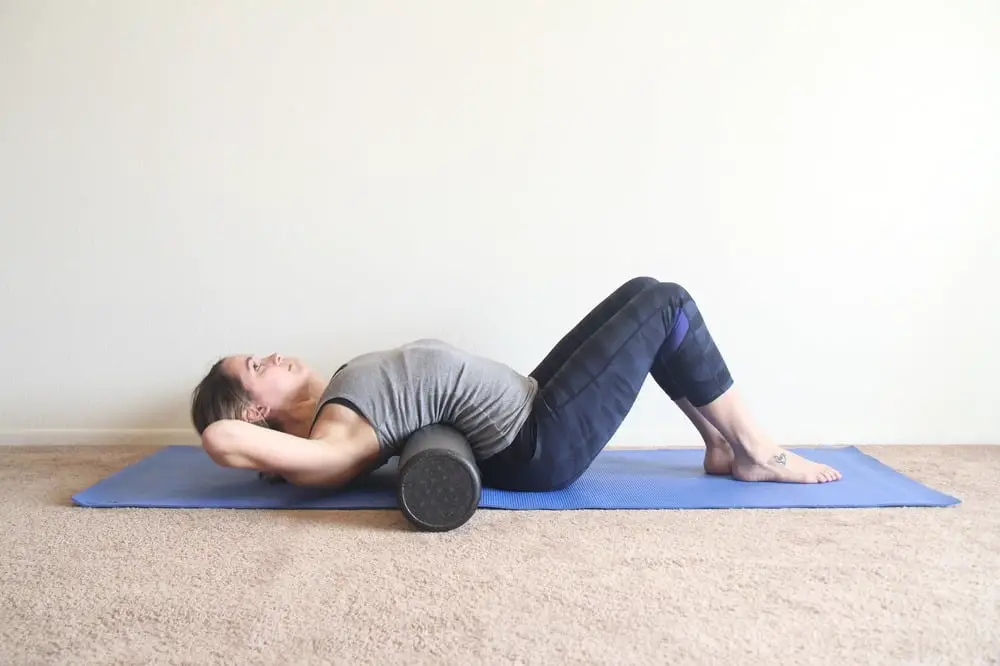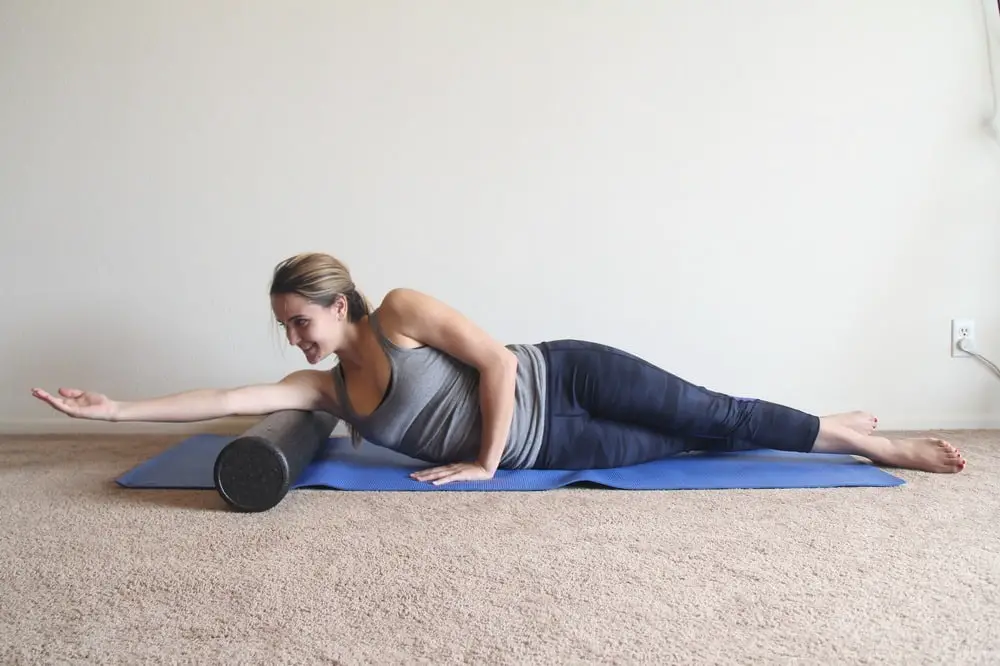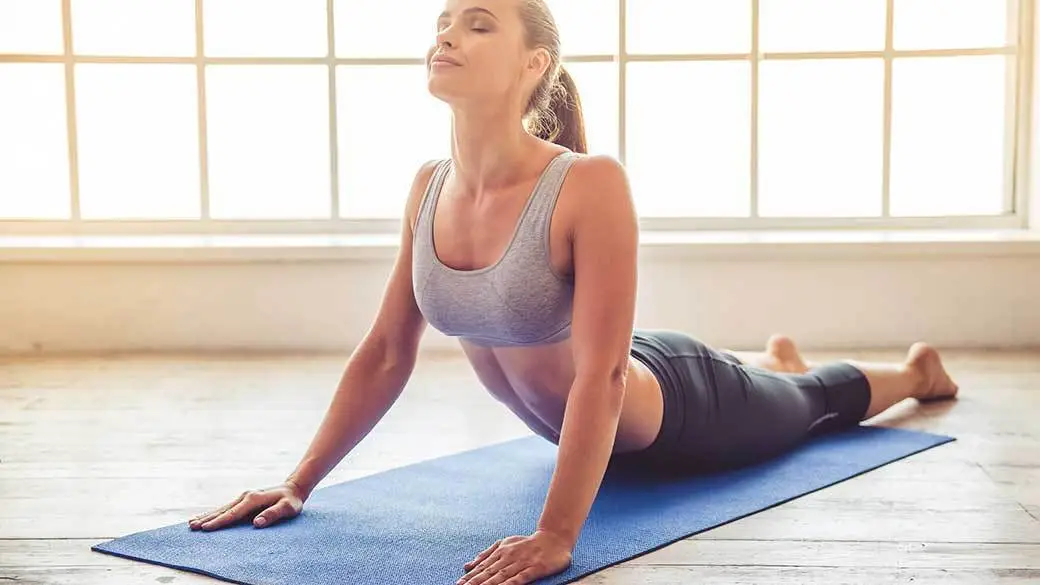Introduction
How Long To See Pilates Results: Embarking on a fitness journey often comes with a desire for tangible results, and Pilates is no exception. Pilates is renowned for its numerous physical and mental benefits, but the timeline for seeing noticeable results can vary from person to person. In this article, we will explore the factors that influence how long it takes to see results from Pilates and what you can expect on your path to achieving your fitness goals through this popular exercise method.
It’s important to remember that Pilates offers a wide range of benefits beyond just physical changes. Many people experience improved posture, reduced stress, increased body awareness, and enhanced core strength relatively quickly, often within a few weeks of consistent practice.
If your primary goal is weight loss, keep in mind that Pilates may not be as calorie-burning as some high-intensity workouts like cardio exercises. However, it can be a valuable part of a comprehensive fitness routine that combines various types of exercise to achieve your desired results.

How often should I do Pilates to see results?
3-4 classes per week is ideal for someone who wants the strength benefits of Pilates as it will provide your body with enough stimulus for the muscles to get stronger, leading to improvements in posture and fewer general aches and pains.
Consistency Is Key
Consistency matters more than intensity. It’s better to establish a sustainable routine that you can maintain over the long term rather than pushing yourself too hard initially and then burning out. Regular practice, even if it’s less frequent, is more likely to yield lasting results.
Listen to Your Body
Pay attention to your body’s signals. If you’re feeling fatigued, sore, or experiencing any discomfort, it’s essential to give your body time to recover. Pushing through pain can lead to injuries and setbacks, so always prioritize your well-being.
Quality Over Quantity
The quality of your Pilates practice matters just as much as the frequency. Ensure that you are performing exercises with proper form and alignment. A well-executed Pilates session is more effective than a hasty or sloppy one.
How many times a month should I do Pilates to see results?
When creating your ideal Pilates workout schedule, devise one that works with your lifestyle and helps you meet your specific fitness goals. While three or four workouts per week may be ideal, two or even once-weekly sessions can still offer health benefits.
Balance and Consistency
Achieving results in Pilates is as much about consistency as it is about frequency. It’s better to have a consistent monthly schedule that you can adhere to rather than trying to cram multiple sessions into a short period. Consistency helps your body adapt and progress steadily over time.
Mix and Match
Consider combining Pilates with other forms of exercise for a well-rounded fitness routine. This can include cardiovascular activities like running, swimming, or cycling, as well as strength training. A combination of exercises can enhance your overall fitness and complement your Pilates practice.
Listen to Your Body
Always pay attention to your body’s signals. If you experience fatigue, soreness, or any discomfort, it’s essential to give your body time to rest and recover. Pushing yourself too hard without adequate recovery can lead to burnout or injury.
Does Pilates tone your body quickly?
Pilates is an effective low-impact workout. It can be beneficial for toning up muscles, toning the core, and improving posture. It may also help with recovery from back pain and other injuries by strengthening the affected area. If you’re looking to lose weight, you can incorporate Pilates into your wellness plan.
Factors Affecting the Speed of Results
Starting Point: Your initial fitness level plays a crucial role in how quickly you’ll see results with Pilates. If you’re relatively new to exercise, you may notice changes more quickly than someone who has been active for years. Beginners tend to experience initial improvements in flexibility and muscle engagement within a few weeks.
Frequency and Consistency: The frequency of your Pilates sessions matters. If you practice Pilates regularly, several times a week, you’re likely to see quicker results than if you only engage in sporadic sessions. Consistency is key when it comes to any fitness program.
Intensity: Pilates can be adapted to different levels of intensity. Some Pilates workouts focus more on flexibility and mobility, while others incorporate resistance and strength-building exercises. The intensity of your Pilates routine can affect how quickly you achieve toning results.
Diet and Nutrition: Your diet also plays a significant role in achieving a toned body. Combining Pilates with a balanced diet that supports muscle growth and fat loss can speed up the toning process.
Realistic Expectations
While Pilates offers numerous benefits, including improved muscle tone, it’s essential to have realistic expectations. Toning your body through Pilates typically takes time, and the pace of progress varies from person to person. You may start to feel stronger and notice changes in posture and muscle engagement within a few weeks or months, but visible changes in muscle definition and body composition may take longer.
Complementary Activities
For those looking to expedite the toning process, it’s worth considering complementary activities like strength training, cardiovascular exercises, and a balanced diet. Combining Pilates with other forms of exercise can help you achieve a more well-rounded fitness routine and potentially see results more quickly.
Can Pilates change your body shape?
Pilates can change your shape through toning and its emphasis on alignment and improving posture. It’s known for working from the inside out and can give you the appearance of being taller and slimmer. While you can work up a sweat from Pilates, on its own it isn’t the most effective way to lose weight.
How Pilates Can Change Your Body Shape
Toning Muscles: Pilates targets and strengthens various muscle groups, including the core, legs, arms, and back. This can lead to improved muscle definition and tone, giving your body a more sculpted appearance.
Improved Posture: Pilates places a strong emphasis on core stability and spinal alignment. By developing a stronger core and better posture, you can appear taller and more confident, which can contribute to an overall change in your body’s shape.
Increased Flexibility: Pilates incorporates stretching and lengthening exercises, which can improve your flexibility and help you achieve a more elongated and leaner appearance.
Balanced Musculature: Pilates promotes a balanced development of muscles, which can help prevent muscle imbalances that may affect your body’s symmetry and shape.
Enhanced Body Awareness: Through Pilates, you become more attuned to how your body moves and feels. This heightened body awareness can lead to healthier lifestyle choices, such as improved nutrition and better self-care, which can contribute to changes in body shape over time.
Realistic Expectations
It’s important to have realistic expectations when it comes to changing your body shape through Pilates. While Pilates can lead to noticeable improvements in muscle tone, flexibility, and posture, it may not dramatically alter your body’s fundamental shape or size. Your genetic predisposition and body type play a significant role in determining your natural shape.
Combining Pilates with Other Activities
For those seeking more significant changes in body composition or shape, it’s beneficial to combine Pilates with other forms of exercise and a balanced diet. Cardiovascular workouts, strength training, and mindful nutrition can complement your Pilates practice and contribute to a more comprehensive transformation.
Why am I not seeing results from Pilates?
One of the main reasons you may not be feeling or seeing the results of your Pilates workouts is your consistency, or lack thereof. While you may be getting some benefits from yo-yoing from 5 classes one week, to a two week break, you’ll find far greater results from building a solid foundation from the get go.
Inconsistent Practice
One of the most common reasons for not seeing results from Pilates is inconsistency. Pilates, like any exercise regimen, requires regular and consistent practice to yield meaningful changes. If you’re only practicing sporadically or skipping sessions, it can slow down or even prevent progress. Aim for a consistent practice schedule, ideally 2-4 sessions per week, to experience the benefits of Pilates.
Incorrect Form and Technique
Pilates places a strong emphasis on proper form and precise movements. If you’re not performing the exercises correctly, you may not engage the right muscles or achieve the desired results. Consider working with a certified Pilates instructor who can provide guidance, corrections, and feedback on your form to ensure you’re getting the most out of each session.
Insufficient Challenge
As your body adapts to Pilates, you may need to increase the intensity or complexity of your workouts to continue seeing results. If you’re consistently practicing the same routine without progression, your body might plateau. Explore different Pilates exercises and levels of difficulty, and don’t hesitate to challenge yourself to push your limits safely.
Diet and Lifestyle Factors
Your diet and overall lifestyle play a significant role in your fitness results. If you’re not fueling your body with proper nutrition, it can hinder your progress. Similarly, factors like inadequate sleep, high stress levels, and excessive alcohol or caffeine consumption can impact your body’s ability to recover and adapt to Pilates.
Does Pilates help belly fat?
There is no definitive answer to this question as everyone’s body is different. However, some studies have found that Pilates can help people lose belly fat. One study followed 24 women who did Pilates for six weeks and found that they lost an average of two inches off their waistline!
How Pilates Can Help with Belly Fat
Core Strengthening: Pilates places a strong emphasis on core muscles, including the transversus abdominis and obliques. Strengthening these muscles can create a more toned appearance and provide better support for the abdominal area.
Improved Posture: Pilates exercises often focus on spinal alignment and posture. As you develop better posture, you may appear taller and leaner, which can make the belly area seem flatter.
Full-Body Engagement: Pilates is a full-body workout that engages various muscle groups. Engaging multiple muscles simultaneously increases calorie burn and promotes overall fat loss, including from the abdominal region.
Increased Muscle Tone: Pilates can lead to improved muscle tone and definition. While it may not directly target visceral fat, increasing muscle mass can boost metabolism, which can contribute to overall fat loss, including from the belly area.
Stress Reduction: High stress levels can lead to weight gain, especially in the abdominal region. Pilates incorporates relaxation and mindful breathing techniques that can help reduce stress, potentially leading to reduced belly fat over time.
Complementary Measures
Diet: A balanced and calorie-controlled diet plays a crucial role in fat loss. Focus on consuming whole foods, lean proteins, fiber-rich vegetables, and healthy fats while minimizing processed foods and sugary beverages.
Cardiovascular Exercise: Combining Pilates with aerobic activities like walking, running, cycling, or swimming can accelerate overall fat loss, including from the abdominal area.
Adequate Sleep: Quality sleep is essential for hormonal balance and overall health. Aim for 7-9 hours of quality sleep per night.
Can you see Pilates results in 2 weeks?
But – having said all that we can generalize and tell you that you should begin to start seeing some effects from Pilates within 2 – 3 weeks.
Short-Term Benefits of Pilates (2 Weeks)
Improved Flexibility: Pilates often includes stretching exercises that can lead to increased flexibility, helping you move more freely.
Enhanced Muscle Engagement: You may notice improved muscle engagement, especially in the core, as you learn to activate and strengthen these muscles.
Better Posture: Pilates emphasizes spinal alignment and posture. After two weeks, you may begin to experience improvements in your posture and alignment.
Increased Body Awareness: Pilates encourages mindfulness and body awareness, helping you connect with your body’s movements and sensations.
Setting Realistic Expectations
It’s crucial to have realistic expectations when starting any fitness program, including Pilates. Long-lasting and significant changes in body composition and muscle definition often take several weeks or months of consistent effort. Pilates is a holistic approach to fitness that promotes overall well-being, and its benefits extend beyond physical changes.
Is Pilates alone enough exercise?
Is Pilates Enough of a Workout? Pilates is enough of a workout for one session; however, it’s important to vary your workouts based on your goals throughout your fitness journey. This means performing different styles of workouts that compliment your fitness goals.
Pilates as a Standalone Exercise
General Fitness and Well-being: For individuals seeking a well-rounded fitness routine that promotes overall health and body awareness, Pilates can be a sufficient standalone exercise regimen. Two to three sessions per week may help maintain fitness and improve flexibility.
Core Strength and Flexibility: If your primary goals include core strength and flexibility, Pilates alone can be an excellent choice. Regular practice, with sessions ranging from 3 to 5 times per week, can yield substantial benefits.
Weight Loss and Cardiovascular Health: Pilates, while valuable for improving muscle tone and overall fitness, may not provide the cardiovascular benefits necessary for substantial weight loss. Combining Pilates with regular cardiovascular exercise like brisk walking, running, or cycling can be more effective for weight management.
Muscle Building: Pilates is not primarily a muscle-building exercise method. If your goal is to build significant muscle mass, you may need to incorporate resistance training and weightlifting into your routine.
Complementary Activities
To achieve a well-rounded fitness routine, many people choose to complement Pilates with other forms of exercise, such as cardiovascular workouts, strength training, and flexibility-focused practices like yoga. Combining these activities can provide a holistic approach to fitness, addressing various aspects of physical health and well-being.

Conclusion
In the pursuit of fitness and well-being, it’s natural to desire prompt and tangible results from our efforts, including practicing Pilates. However, it’s crucial to understand that the timeline for seeing Pilates results is a dynamic and individualized journey. Several factors come into play, including frequency, intensity, fitness level, goals, nutrition, genetics, and age. While the exact timeframe for visible changes may differ from person to person, one common thread holds true: consistency and dedication are paramount. Pilates is not a quick fix but rather a method that rewards those who commit to it over time.
Most individuals can expect to notice improvements in their flexibility, posture, and overall body awareness within a few weeks of regular practice. For those with weight loss goals, Pilates can play a valuable role when combined with a balanced diet and other forms of exercise. While it may not provide the same calorie burn as high-intensity cardio workouts, its contribution to building lean muscle mass can elevate your metabolism, aiding in long-term weight management.
In the end, the journey to seeing Pilates results is a holistic one. Beyond the physical changes, many practitioners experience enhanced mental well-being, stress reduction, and improved core strength that can positively impact their lives. As you embark on your Pilates journey, remember that it’s not just about the destination; it’s about the path you take and the positive transformations that occur along the way. So, stay committed, stay consistent, and enjoy the multifaceted benefits that Pilates can offer for your body and mind.

